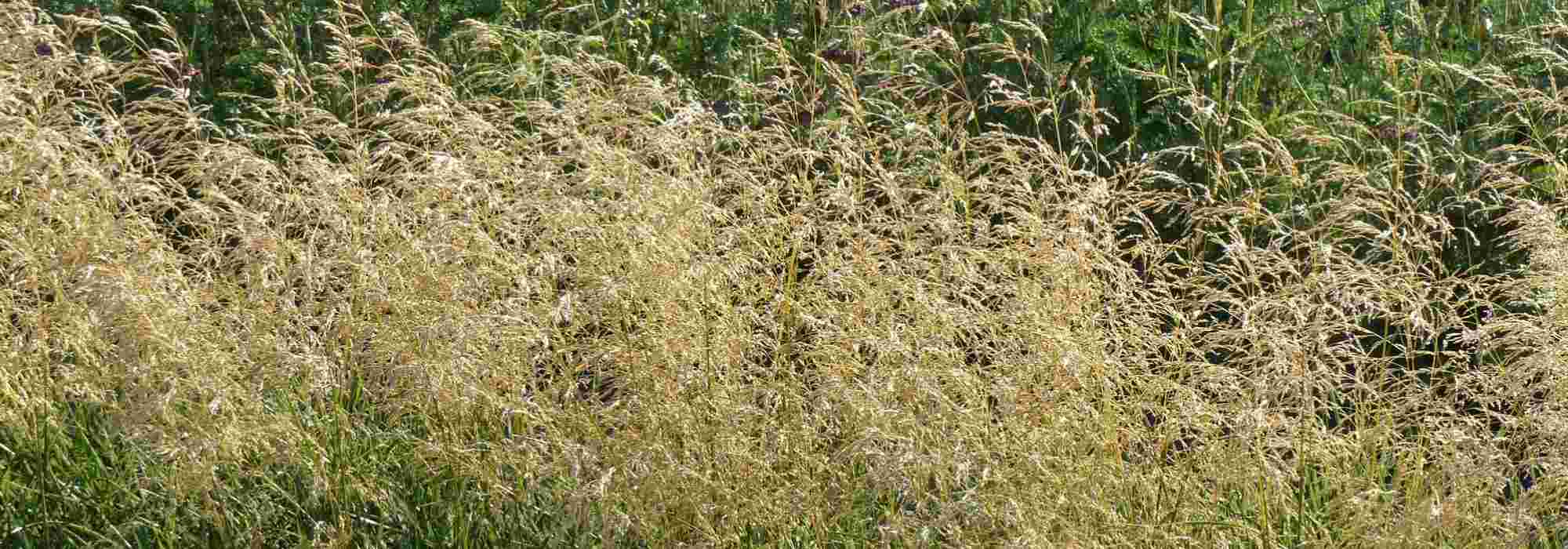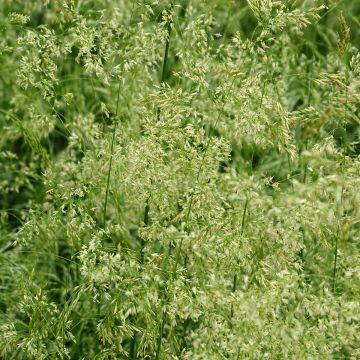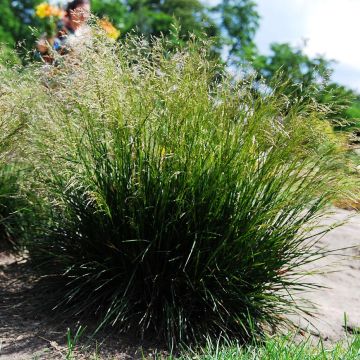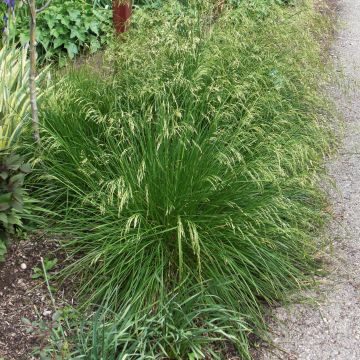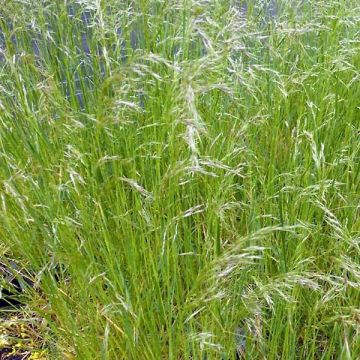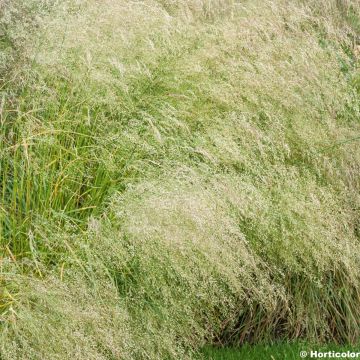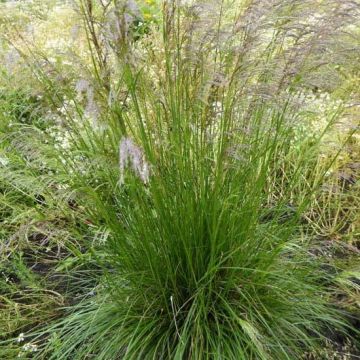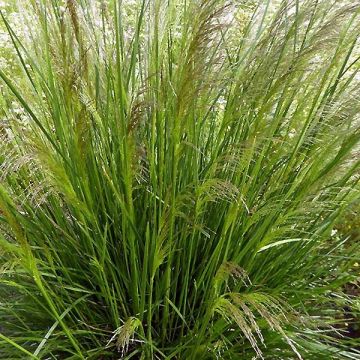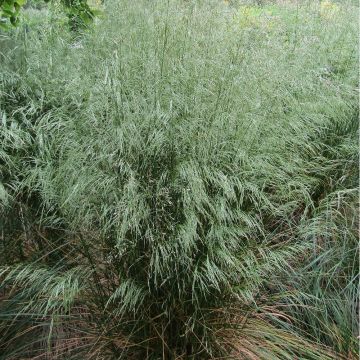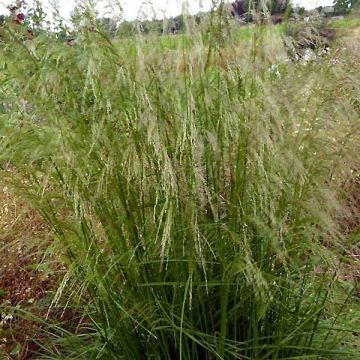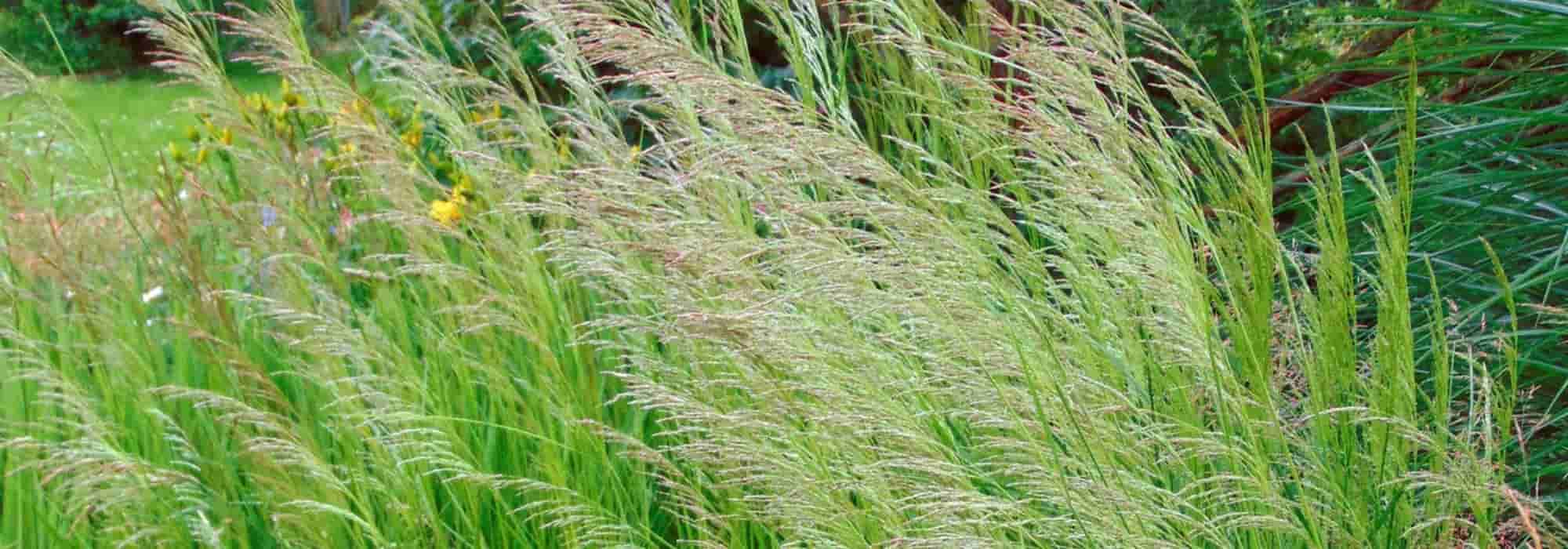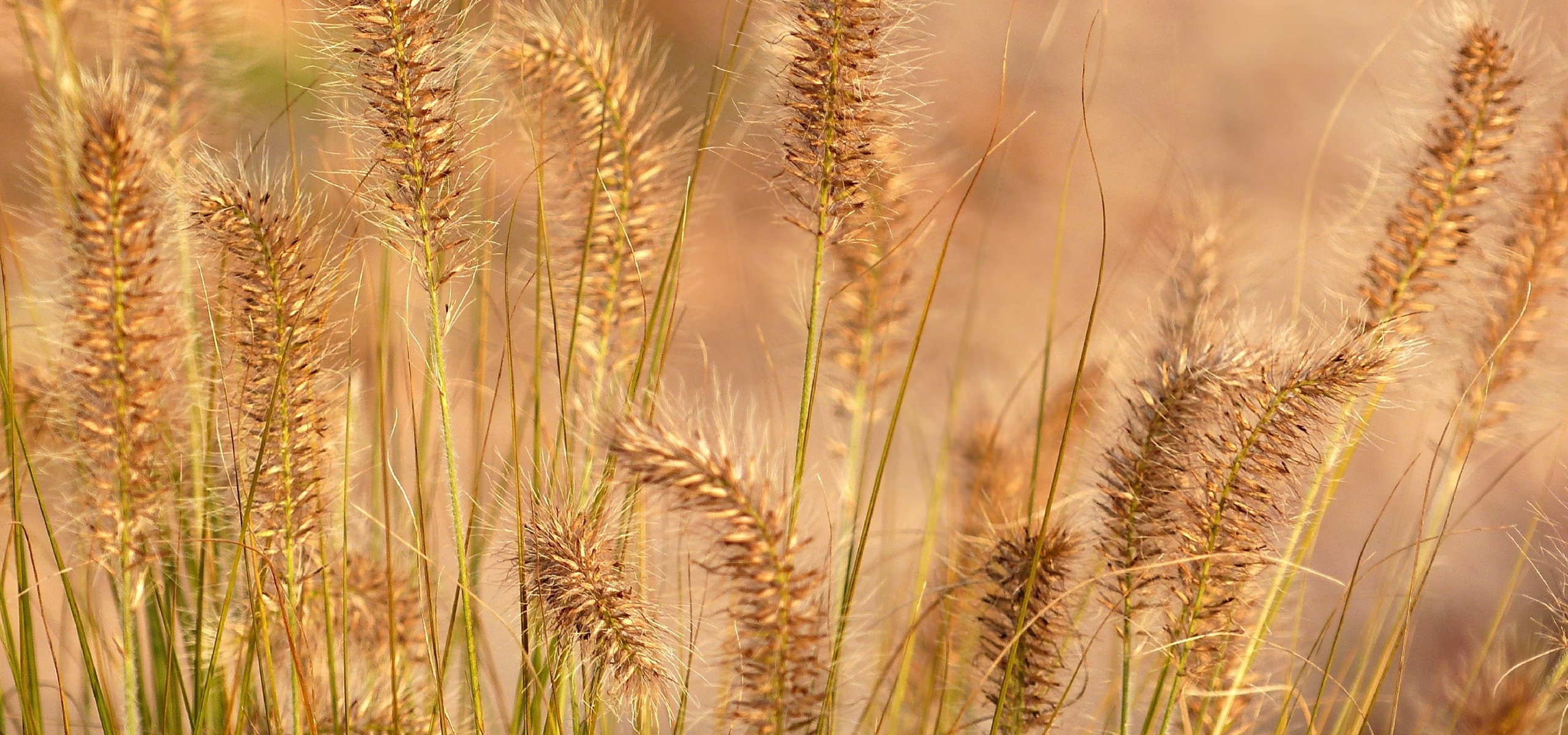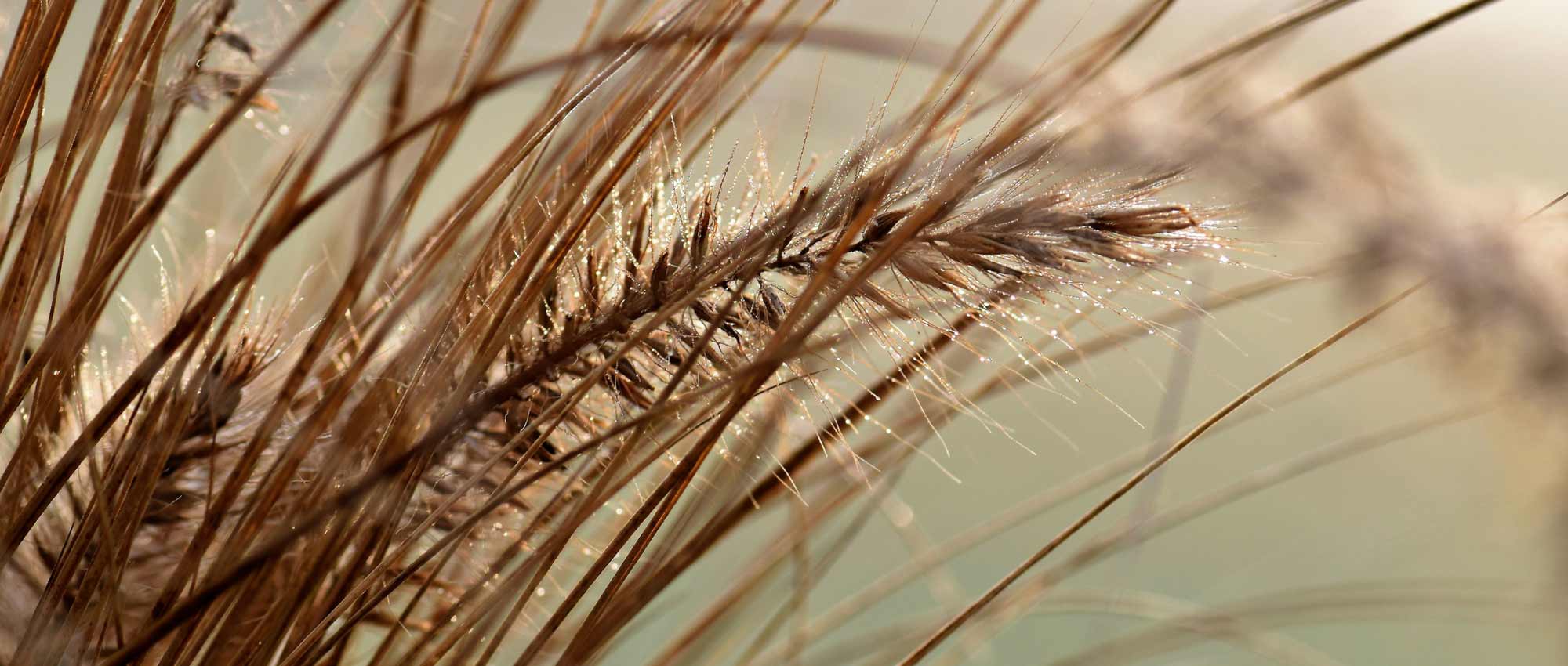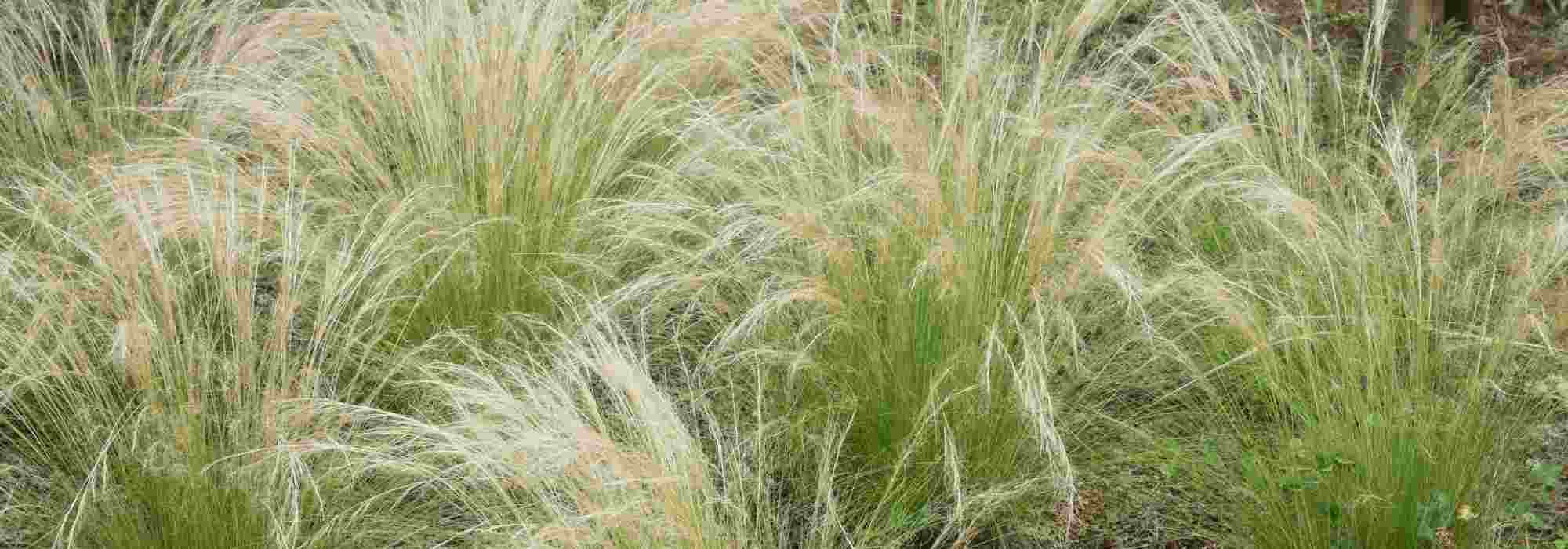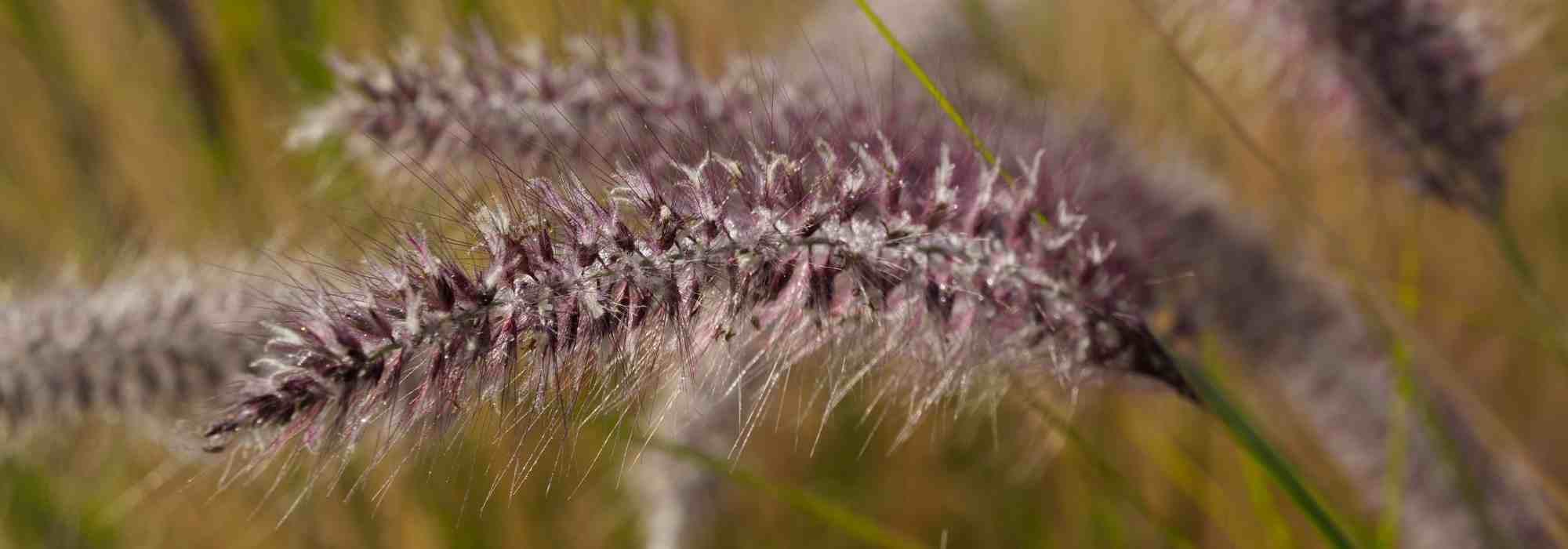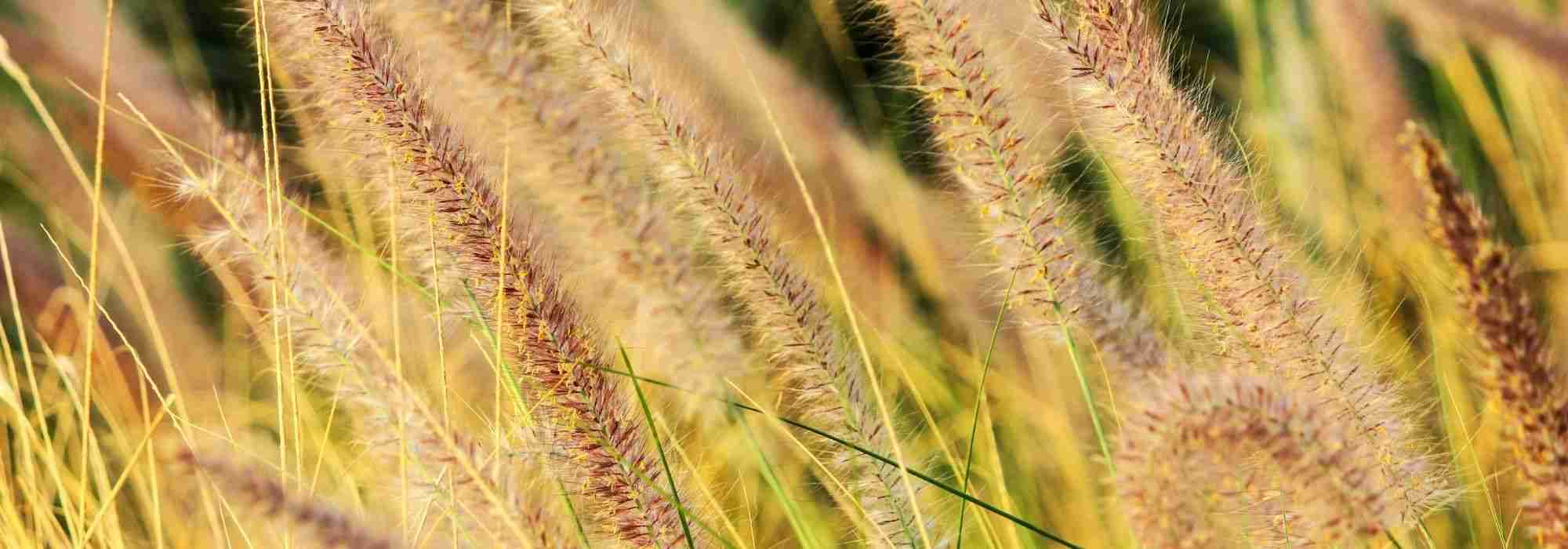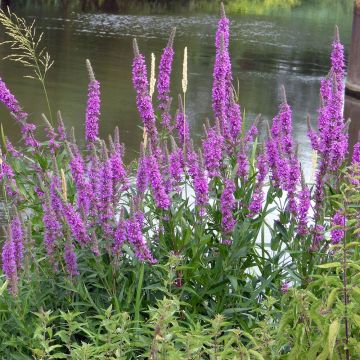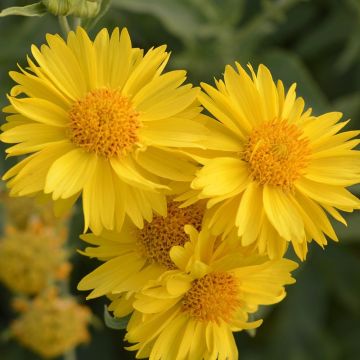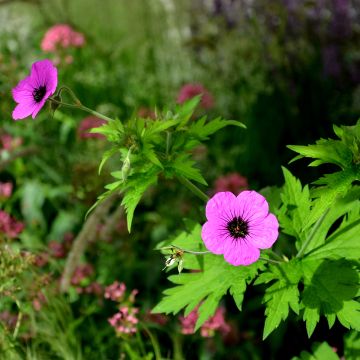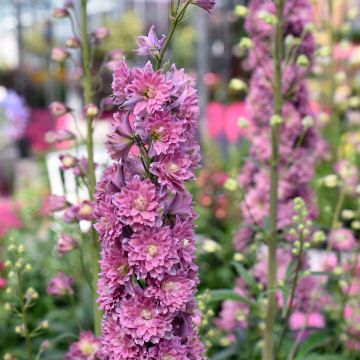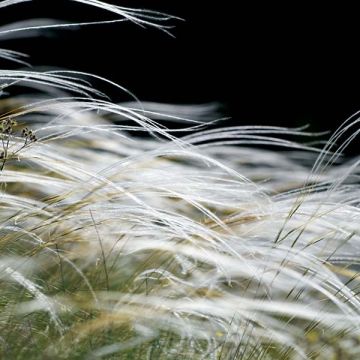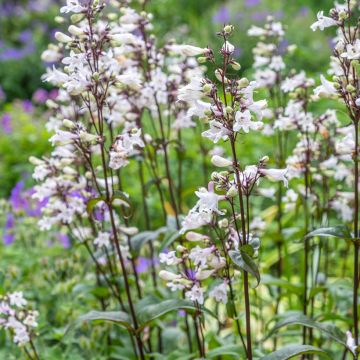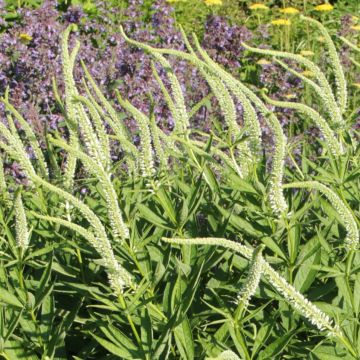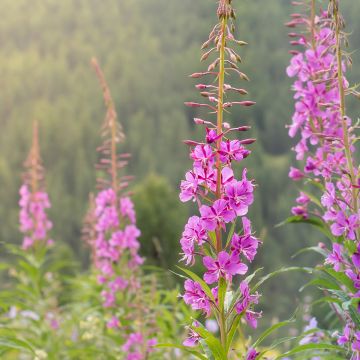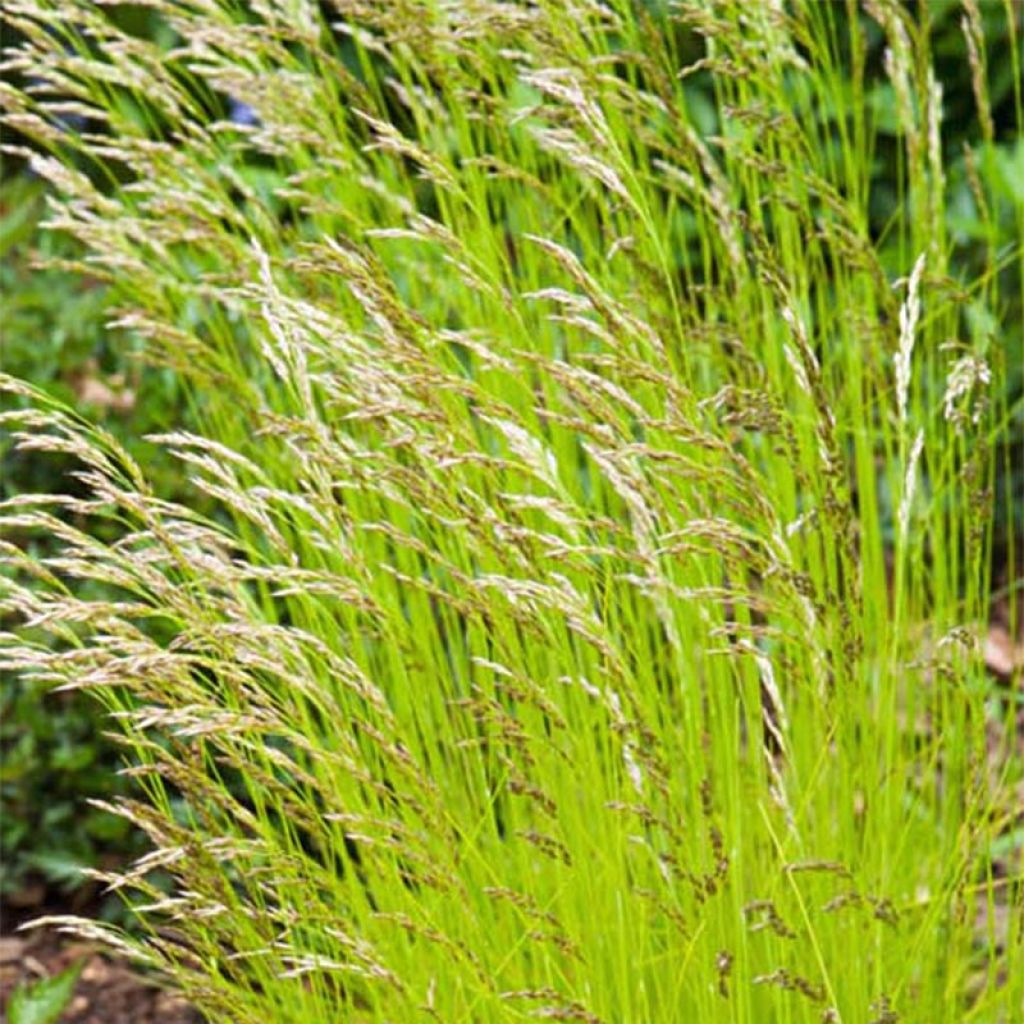

Deschampsia flexuosa Tatra Gold
Deschampsia flexuosa Tatra Gold
Deschampsia flexuosa Tatra Gold
Wavy Hair-grass, Crinkled Hairgrass, bent grass
Very satisfied both in terms of the quality of the plant and its conformity with its description and photo, as well as in terms of the delivery.
Chantal, 22/10/2024
Special offer!
Receive a €20 voucher for any order over €90 (excluding delivery costs, credit notes, and plastic-free options)!
1- Add your favorite plants to your cart.
2- Once you have reached €90, confirm your order (you can even choose the delivery date!).
3- As soon as your order is shipped, you will receive an email containing your voucher code, valid for 3 months (90 days).
Your voucher is unique and can only be used once, for any order with a minimum value of €20, excluding delivery costs.
Can be combined with other current offers, non-divisible and non-refundable.
Home or relay delivery (depending on size and destination)
Schedule delivery date,
and select date in basket
This plant carries a 12 months recovery warranty
More information
We guarantee the quality of our plants for a full growing cycle, and will replace at our expense any plant that fails to recover under normal climatic and planting conditions.
Would this plant suit my garden?
Set up your Plantfit profile →
Description
The Deschampsia flexuosa 'Tatra Gold', also known as flexuous hair grass, is a small evergreen and perennial grass with an unconventional personality. It grows in a tousled and unkempt clump, perfectly bright, with an almost fluorescent acid yellow-green colour. Its summer flowering forms a haze of delicate panicles above its foliage, tinted with bronze-gold. This plant is attractive all year round, perfectly hardy and well adapted to acidic, sandy soils, even occasionally dry and infertile.
Deschampsia flexuosa, also known as Avenella flexuosa, is a perennial grass with a fibrous and turf-forming stump, non-spreading, belonging to the poaceae family. It is native to Europe, western Asia, Africa and northern America, where it grows in woods, pastures and rocks, on mainly siliceous soil. This extremely hardy plant is very vigorous on dry acidic soils.
The 'Tatra Gold' cultivar, from which it originates, is mainly distinguished by its reduced size and the novel colouration of its foliage. The plant forms an upright clump 30 to 50 cm (12 to 20in) tall when flowering, with a spread of 30 cm (12in). The evergreen leaves are very acid yellow-green, very bright, rolled, stiff and fine, 2 mm (1in) wide, very rough and often very long. In the centre of the foliage, large airy and spreading panicles appear from June to August, with flexuous branches. These panicles measure 5 to 12 cm (2 to 5in) in length and have a particularly delicate texture. They are carried by thin red stems. The numerous small flowers that compose them are initially yellow, then take on a more bronzed hue.
Deschampsia does not interfere with neighbouring plantings. It will give its best in a mixed border or in a semi-shaded rockery, just like Milium effusum 'Aureum', mixed with perennials with light and dark foliage such as ferns, or planted alongside purple heucheras or Imperata cylindrica 'Rubra'. It will happily accompany daffodils, jonquils, and numerous perennials (heathers, Japanese anemones, Lithodora, asters). It also grows very well in a large pot, enhanced by a wall covered in ivy or a flamboyant Virginia creeper in autumn.
Deschampsia flexuosa Tatra Gold in pictures
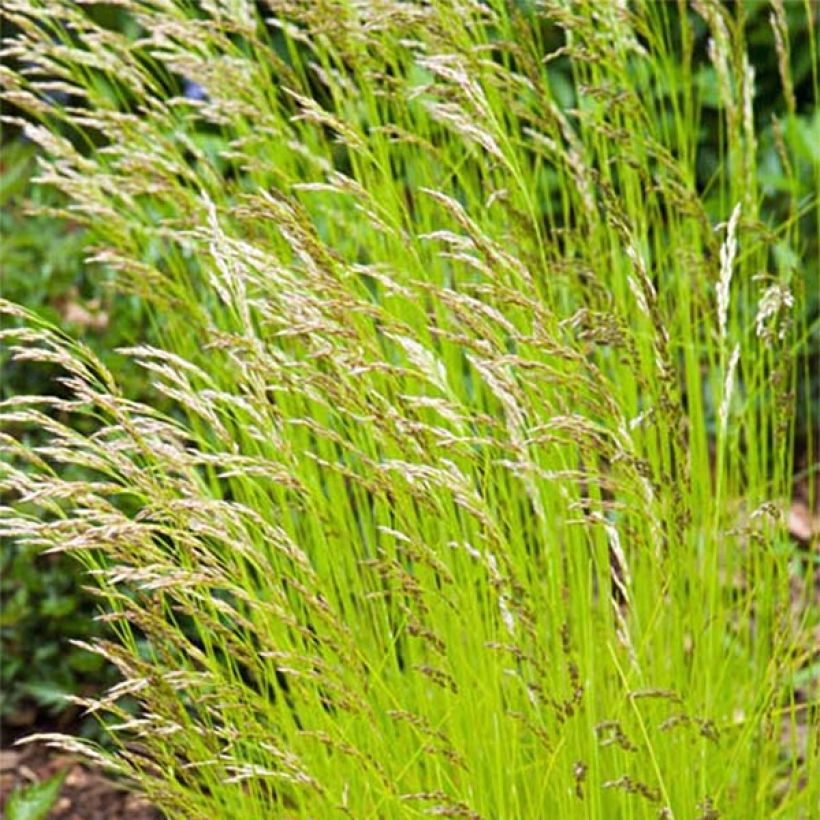

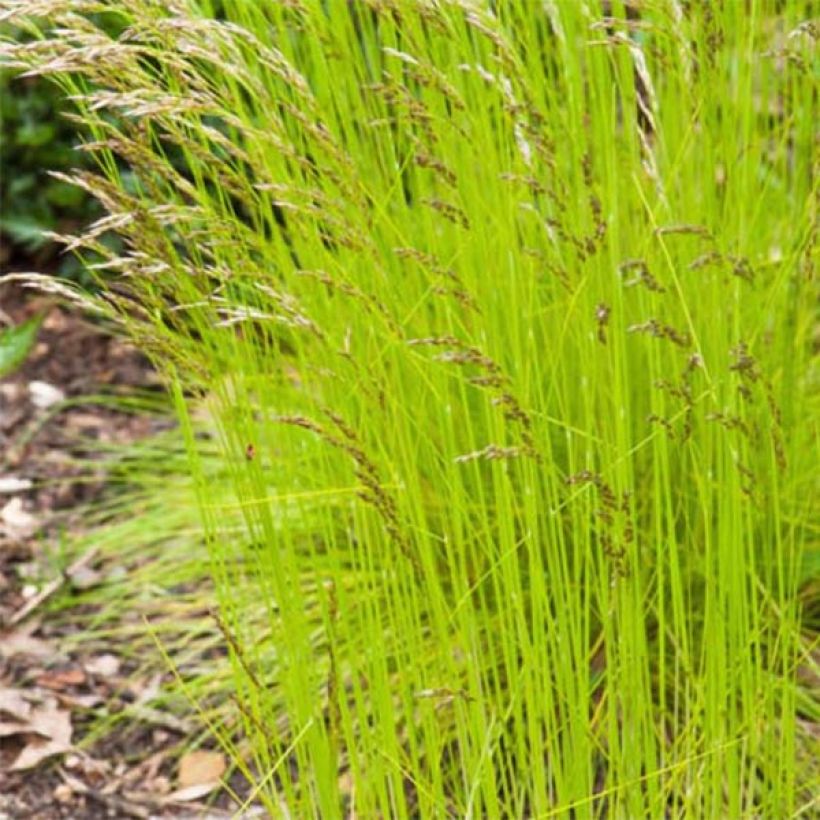

Flowering
Foliage
Plant habit
Safety measures
Botanical data
Deschampsia
flexuosa
Tatra Gold
Poaceae
Wavy Hair-grass, Crinkled Hairgrass, bent grass
Cultivar or hybrid
atteinterespiratoire
Cette plante peut entraîner des symptômes allergiques.
Evitez de la planter si vous ou vos proches souffrez de rhinite saisonnière ("rhume des foins").
Davantage d'informations sur https://plantes-risque.info
Other Deschampsia
View all →Planting and care
The Deschampsia flexuosa and its varieties are very hardy and undemanding grasses that prefer acidic or sandy soils, even occasionally dry. The 'Tatra Gold' wavy hairgrass prefers a semi-shaded exposure. This variety easily self-seeds.
In pots, keep the substrate moist. In spring, apply a fertilizer for green plants. Repot the hairgrass when its roots have invaded the entire pot, on average every two or three years.
Planting period
Intended location
Care
Planting & care advice
-
, onOrder confirmed
Reply from on Promesse de fleurs
Similar products
Haven't found what you were looking for?
Hardiness is the lowest winter temperature a plant can endure without suffering serious damage or even dying. However, hardiness is affected by location (a sheltered area, such as a patio), protection (winter cover) and soil type (hardiness is improved by well-drained soil).

Photo Sharing Terms & Conditions
In order to encourage gardeners to interact and share their experiences, Promesse de fleurs offers various media enabling content to be uploaded onto its Site - in particular via the ‘Photo sharing’ module.
The User agrees to refrain from:
- Posting any content that is illegal, prejudicial, insulting, racist, inciteful to hatred, revisionist, contrary to public decency, that infringes on privacy or on the privacy rights of third parties, in particular the publicity rights of persons and goods, intellectual property rights, or the right to privacy.
- Submitting content on behalf of a third party;
- Impersonate the identity of a third party and/or publish any personal information about a third party;
In general, the User undertakes to refrain from any unethical behaviour.
All Content (in particular text, comments, files, images, photos, videos, creative works, etc.), which may be subject to property or intellectual property rights, image or other private rights, shall remain the property of the User, subject to the limited rights granted by the terms of the licence granted by Promesse de fleurs as stated below. Users are at liberty to publish or not to publish such Content on the Site, notably via the ‘Photo Sharing’ facility, and accept that this Content shall be made public and freely accessible, notably on the Internet.
Users further acknowledge, undertake to have ,and guarantee that they hold all necessary rights and permissions to publish such material on the Site, in particular with regard to the legislation in force pertaining to any privacy, property, intellectual property, image, or contractual rights, or rights of any other nature. By publishing such Content on the Site, Users acknowledge accepting full liability as publishers of the Content within the meaning of the law, and grant Promesse de fleurs, free of charge, an inclusive, worldwide licence for the said Content for the entire duration of its publication, including all reproduction, representation, up/downloading, displaying, performing, transmission, and storage rights.
Users also grant permission for their name to be linked to the Content and accept that this link may not always be made available.
By engaging in posting material, Users consent to their Content becoming automatically accessible on the Internet, in particular on other sites and/or blogs and/or web pages of the Promesse de fleurs site, including in particular social pages and the Promesse de fleurs catalogue.
Users may secure the removal of entrusted content free of charge by issuing a simple request via our contact form.
The flowering period indicated on our website applies to countries and regions located in USDA zone 8 (France, the United Kingdom, Ireland, the Netherlands, etc.)
It will vary according to where you live:
- In zones 9 to 10 (Italy, Spain, Greece, etc.), flowering will occur about 2 to 4 weeks earlier.
- In zones 6 to 7 (Germany, Poland, Slovenia, and lower mountainous regions), flowering will be delayed by 2 to 3 weeks.
- In zone 5 (Central Europe, Scandinavia), blooming will be delayed by 3 to 5 weeks.
In temperate climates, pruning of spring-flowering shrubs (forsythia, spireas, etc.) should be done just after flowering.
Pruning of summer-flowering shrubs (Indian Lilac, Perovskia, etc.) can be done in winter or spring.
In cold regions as well as with frost-sensitive plants, avoid pruning too early when severe frosts may still occur.
The planting period indicated on our website applies to countries and regions located in USDA zone 8 (France, United Kingdom, Ireland, Netherlands).
It will vary according to where you live:
- In Mediterranean zones (Marseille, Madrid, Milan, etc.), autumn and winter are the best planting periods.
- In continental zones (Strasbourg, Munich, Vienna, etc.), delay planting by 2 to 3 weeks in spring and bring it forward by 2 to 4 weeks in autumn.
- In mountainous regions (the Alps, Pyrenees, Carpathians, etc.), it is best to plant in late spring (May-June) or late summer (August-September).
The harvesting period indicated on our website applies to countries and regions in USDA zone 8 (France, England, Ireland, the Netherlands).
In colder areas (Scandinavia, Poland, Austria...) fruit and vegetable harvests are likely to be delayed by 3-4 weeks.
In warmer areas (Italy, Spain, Greece, etc.), harvesting will probably take place earlier, depending on weather conditions.
The sowing periods indicated on our website apply to countries and regions within USDA Zone 8 (France, UK, Ireland, Netherlands).
In colder areas (Scandinavia, Poland, Austria...), delay any outdoor sowing by 3-4 weeks, or sow under glass.
In warmer climes (Italy, Spain, Greece, etc.), bring outdoor sowing forward by a few weeks.






























